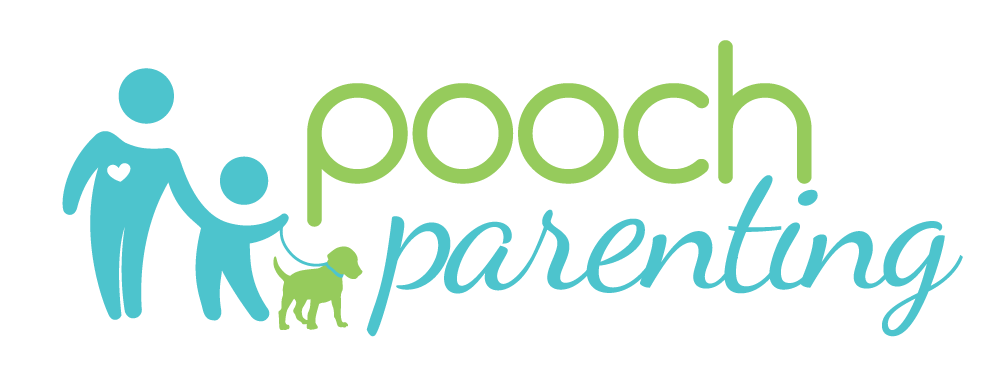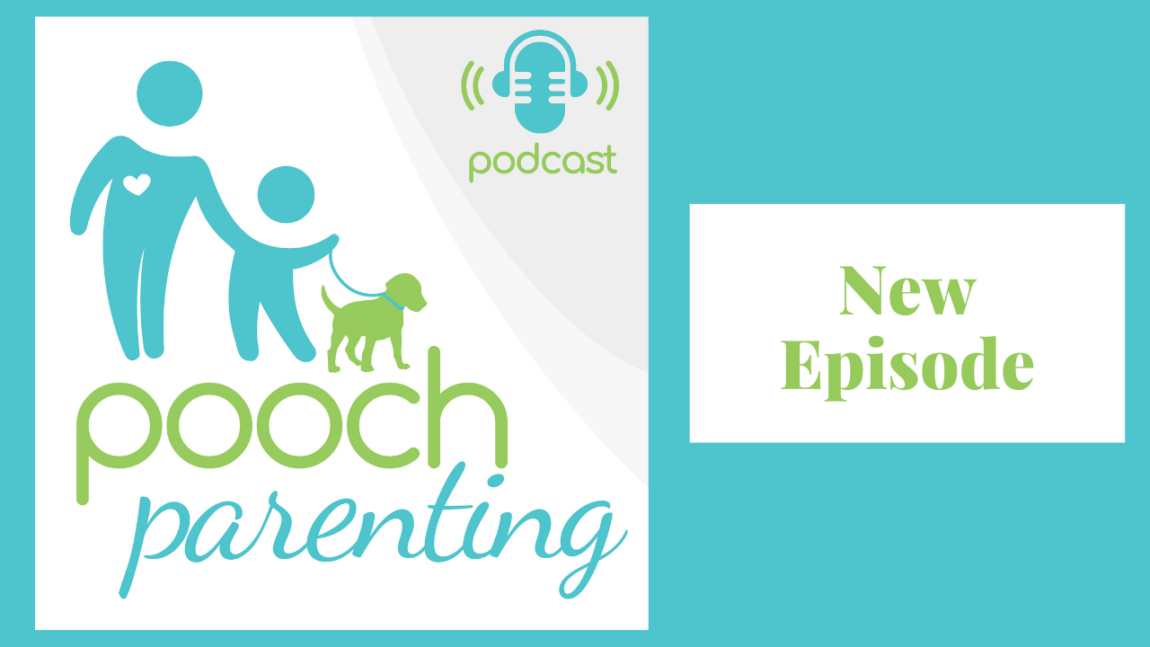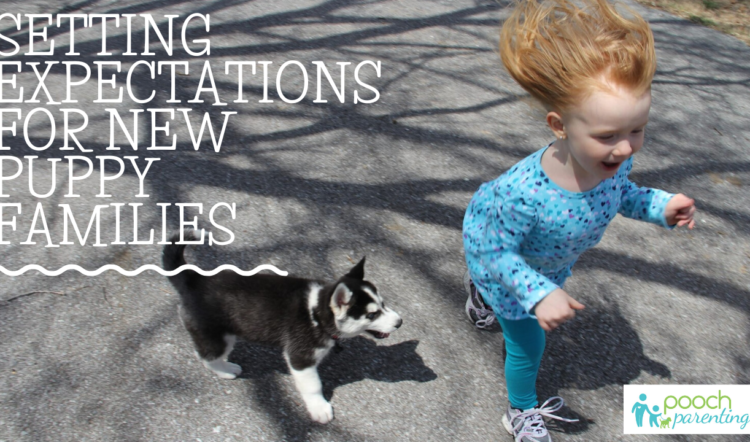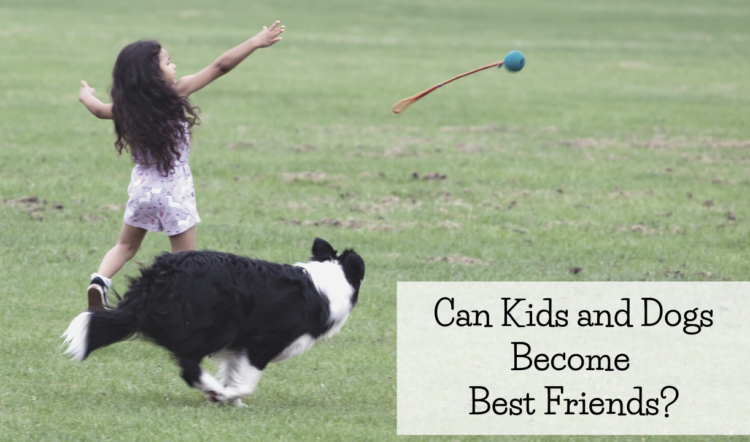This week, I talk to Caroline Wilkinson from Barket Place about barking. This is a common problem and is especially problematic for families with babies and toddlers of napping age. It’s loud, distracting, and annoying – on top of our already challenging experience as a parent. We discuss strategies to prevent barking along with why dogs bark, in the first place.
Resources
- Learn more about Caroline and browse her courses on her website. Save 30% on any course and webinar by using the code “pooch30”
- Take Caroline’s barking course. Save 30% by using the code “pooch30”
- Follow Caroline on Facebook.
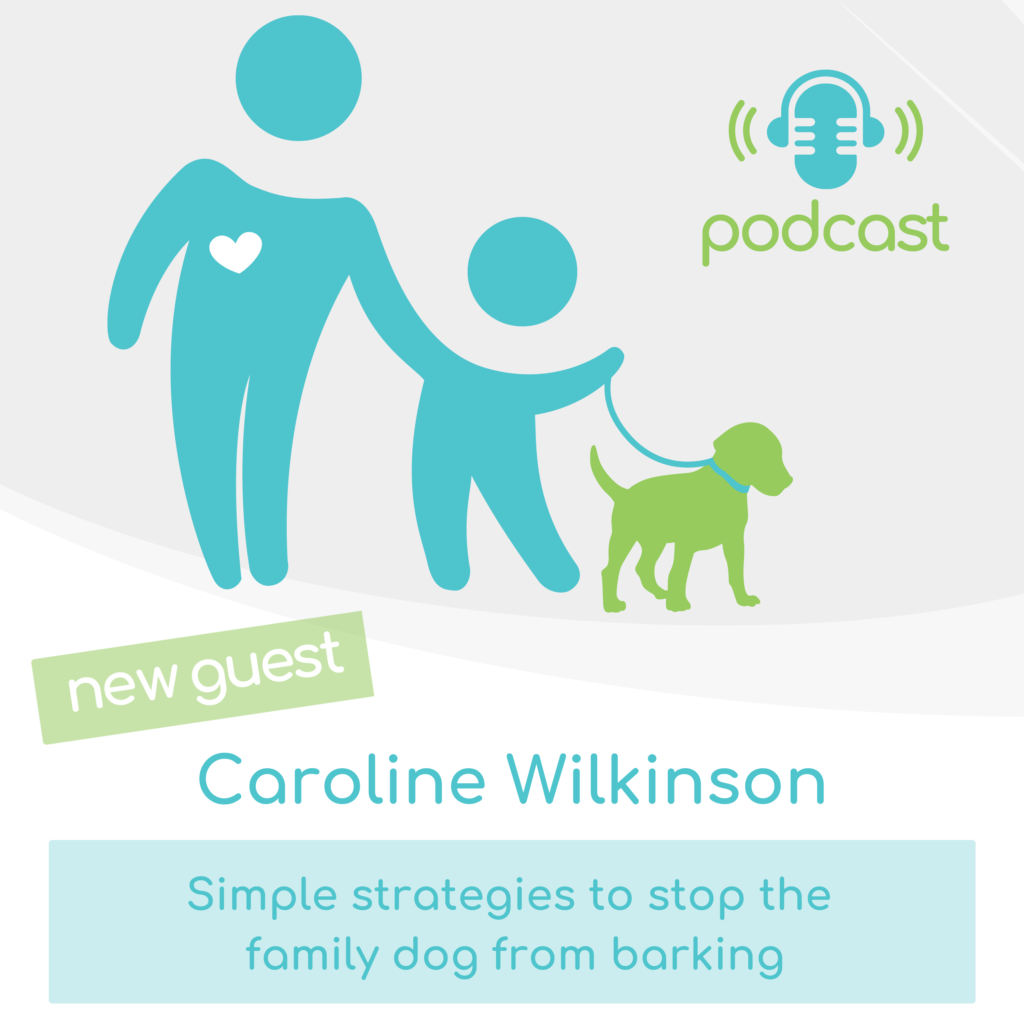
Summary
Identify why your dog is barking in the first place. Keeping a barking journal will help you with this. Keep in mind:
- sleep
- exercise
- where the dog is when barking happens
- look at body language – is there fear, excitement?
- has there been stress – a single trigger or many ones
- does anything happen as a result of the barking (ie. does the airplane or delivery driver move away?)
Strategies for barking dogs: use white noise, window cling film, bring the dog inside, ask for an alternative behavior, giving them alternative jobs to do (such as using a designated digging spot with buried treats).
Dogs repeat what they practice – so they need engaging activities to prevent them from looking for things to bark at.
